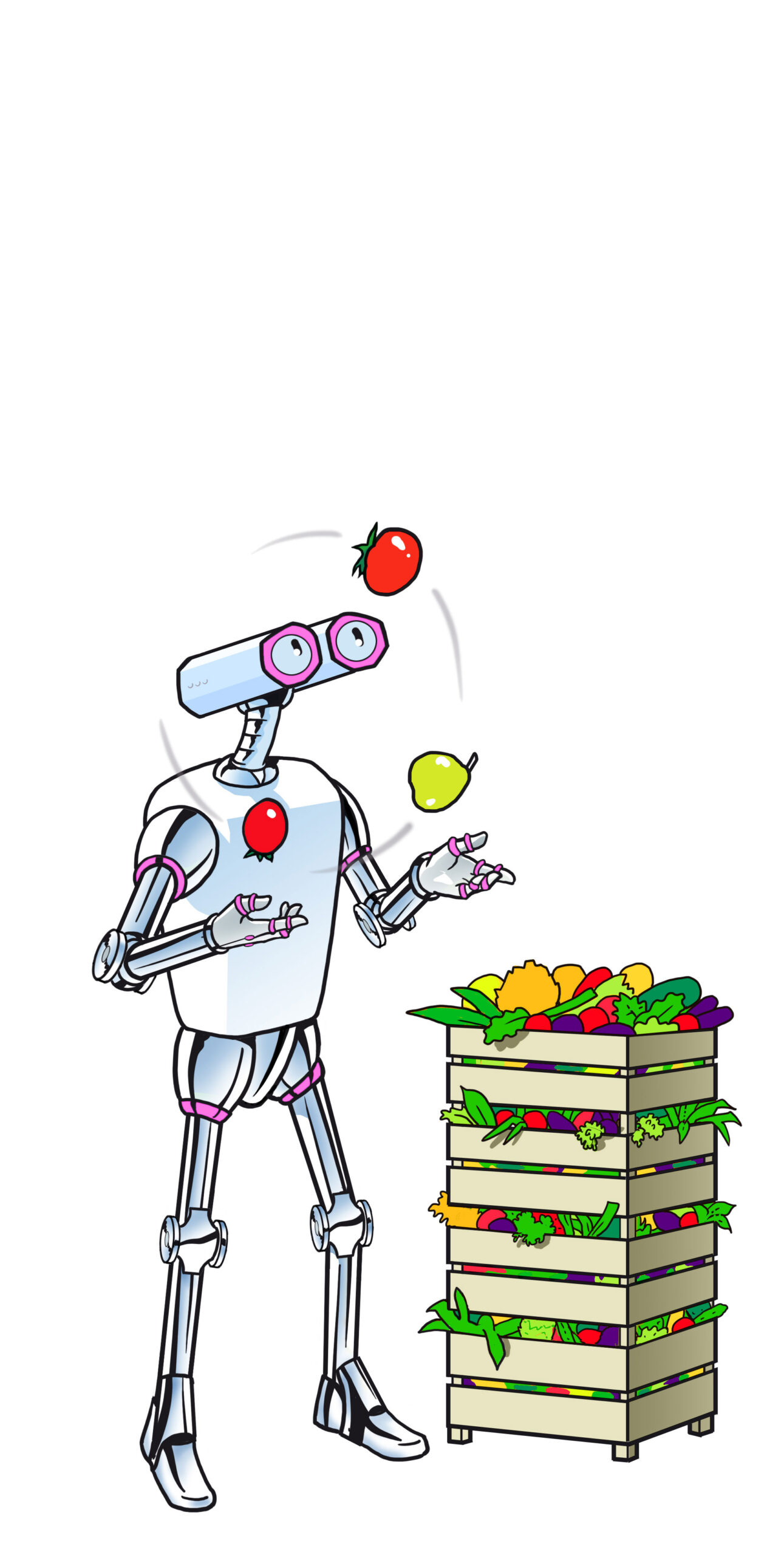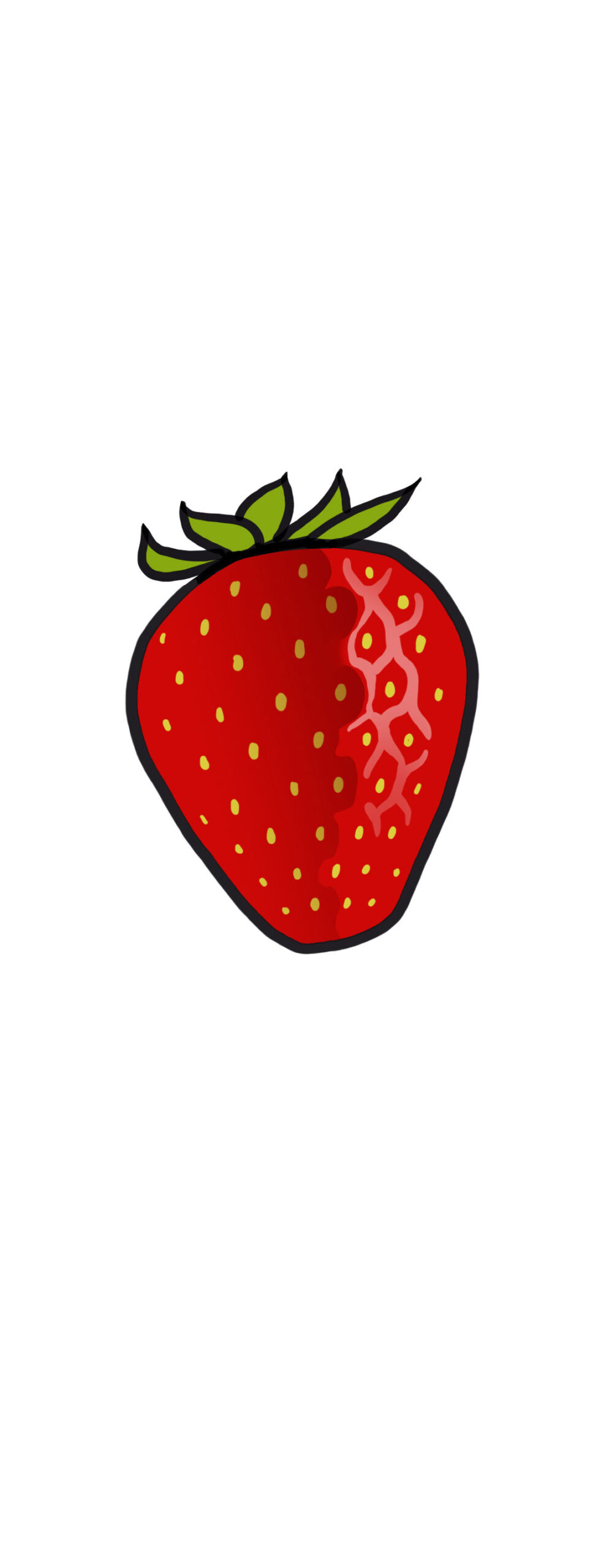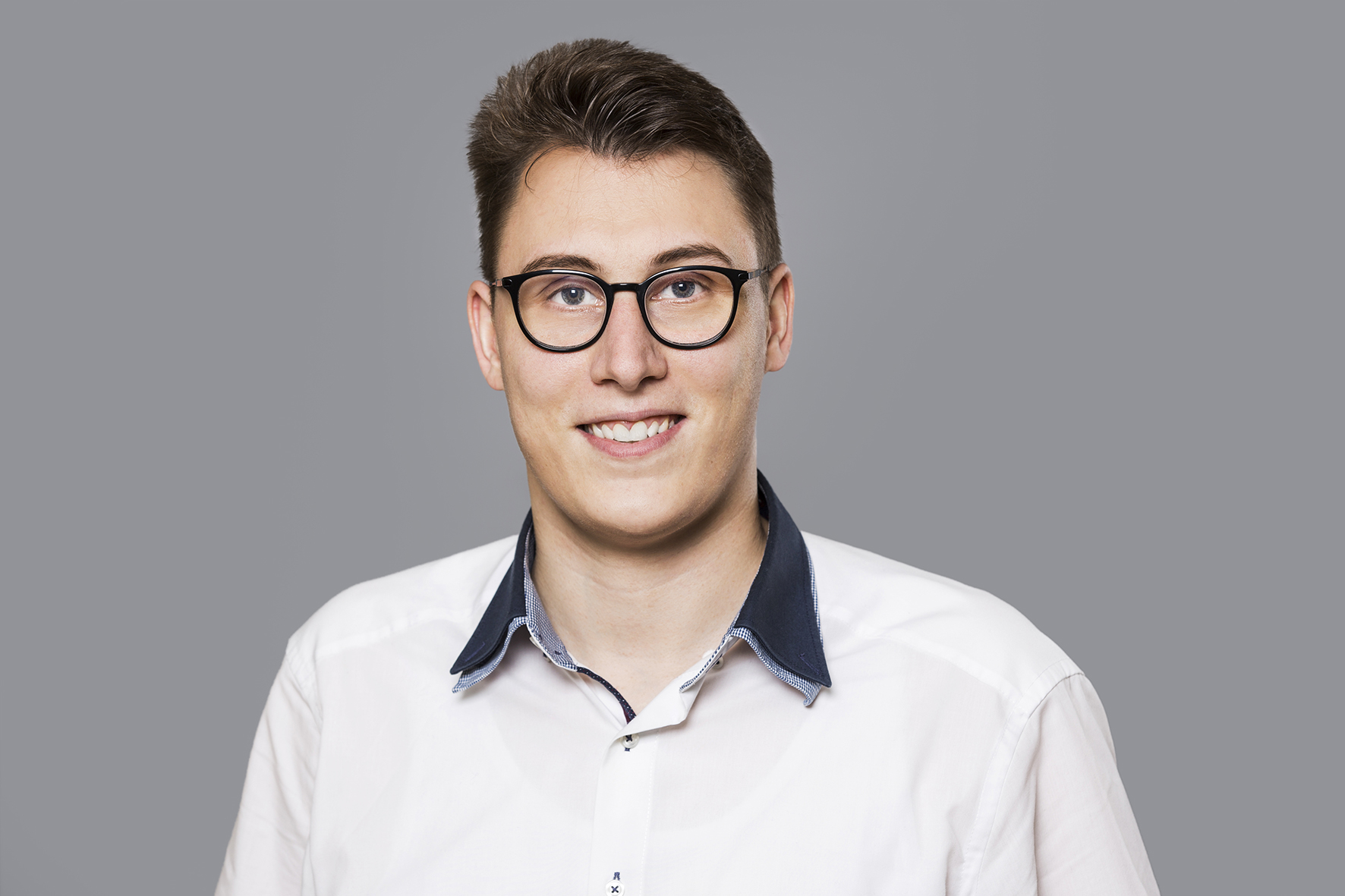Is a robot saving the German strawberry?
02.09.2022 —
A robot to help harvest strawberries – this is what IAV is working on together with large strawberry growers in Germany. Product manager Enrico Neumann and Senior Vice President Sales Steffen Lintz tell us what this should be and what the special challenges are.
A robot that can pick strawberries – sounds interesting. But why does the world need that?
Steffen Lintz: Two or three years ago, when we started with this topic, the big strawberry growers told us that they hardly got any more workers. The harvesters used to come from Poland, then from Ukraine or even further east. But these countries have now had better job opportunities. And in Germany, the legislature now also provides for minimum wages for such auxiliary workers – fortunately.
However, this will make strawberry picking more expensive and the price of strawberries will increase significantly. The location in Germany is therefore at risk for the strawberries. Our picker robot should help us to get strawberries from the region in the future as well.
Can robots completely replace human harvesting helpers?
Enrico Neumann: There will be an interaction between man and machine. The robot initially only takes care of harvesting and first transport tasks. Everything around it, preparatory work, and rework, is still done by human hands.
In addition, the robot must be cleaned, checked, and maintained. People are needed for this too, and so higher-value jobs are created. So, it is not a question of replacing people, but of filling up the missing workforce.
Let’s stick to picking – how does the robot compare to humans?
Lintz: The human hand, in interaction with the eye, is a real miracle device. Picker professionals can see immediately which berries are ripe, recognize diseases and defects, strip leaves to the side, pick several strawberries at the same time, and then place them in the basket in such a way that it still looks nice for sale. Our robot doesn’t do that.
Neumann: Not yet. He is also picking up more slowly than humans now. To compensate, the robot can pick throughout the day – except at lunchtime. The strawberries are simply too sensitive to the human hand as they are to the robot. We are currently planning twenty hours of operation per day. And there the robot works continuously, with always the same quality

What are the technical challenges for the robot to master what humans take for granted?
Lintz: First, the strawberry and its degree of maturity can be recognized under various lighting conditions. If we harvest twenty hours a day, we have twenty hours of different daylight. There are days of direct sunlight, and there is cloud with more diffuse light. There are differences between northern and southern Germany, suddenly Sahara dust is present, and the light is colored. This makes computer vision, i.e., the interaction of camera, cloud computing and artificial intelligence, very challenging.
Then picking: The human hand has an incredible number of degrees of freedom and possibilities. We cannot give it to the robot, otherwise it would be far too expensive. So, it is limited in terms of the ability to move. We have to compensate with clever route planning, to reach the strawberries well and to pick them carefully and without damage.
Neumann: The robot must also be able to move and find its way around independently and safely. He drives about 120 meters in a row and has to bring his arm up to the strawberries again and again. To practice this, we have built a photo-realistic simulation model that allows us to recreate complex row situations outside the field.
And finally, the robot must transport and deliver the picked strawberries properly. From discussions with our future customers, we know that in a series of peak times up to sixty kilograms can come together. That’s 120 balls – the robot can’t take that many with it, they have to be removed from it in between.
IAV has been working on the harvesting robot for more than two years. What did you learn in that time?
Lintz: We carefully analyzed our errors from the previous harvest phase and investigated why the robot caught some strawberries and others didn’t. This has resulted in a further development of the arm and a new grip strategy.
Our first goal was to pick a strawberry at all. Now the robot will surely repeat the cycle of detection, positioning, picking, and dropping several times. This summer, we had several systems in continuous operation at our pilot customer’s site in parallel, to know the times of the day and the seasons, and test and learn throughout the season.
Neumann: We have also further developed the cameras and the computer vision. With every fruit we have new images, with every daylight and light situation we have new insights and can perfect our algorithms.

The robot’s gripper arm is a proprietary development of IAV. Why did you not take any of the existing models of robotic arms?
Neumann: We have special requirements that we place on our arm: He is on the move outside, must be protected against splashing water and must cope with different humidity levels. And the regulation is very complex, because we want to be able to control every detail on the arm ourselves and not rely on the software of others. The combination of speed, lightness, robustness that we need for many thousands of pickings is not a thing of the past.
"We are currently running an endurance test with more than two million cuts."
Which version of the arm are you now with?
Neumann: We are working with the third stage of evolution. Where each step was a selection of many ideas, the best of which made it into the hardware trial. Now we are testing the scissors – that is the part that is moved the most. We are currently running an endurance test with more than two million cuts.
But that’s a lot of strawberries.
Neumann: Exactly. Therefore, for the test we looked for another material that can be fed automatically and creates for the shear mechanics the same conditions as a real strawberry stalk. For this purpose, we analyzed the cutting force for different strawberry stems in different degrees of maturity and examined ten or twenty different materials to show the same cutting force behavior.
And what has it become?
Lintz: That remains our secret. Just so much: It’s not a plastic, nor is it a real strawberry.
Neumann: We were surprised by the result itself. But we have found the perfect material, and with that now the tests are running.
What does the strawberry field have to look like so that the robot can work there?
Lintz: We are taking advantage of a trend that is also taking place without us in many strawberry fields: the rack. These are plant boxes, which are fixed on supports of about one meter height and from which the strawberries hang out laterally. The whole thing under a foil roof, which protects against rain, wind, and bird food.
We can then work with the strawberry grower to make the system “robo-ready”, that is, to optimize it for the use of the robot. This is always a joint development process. So technical innovation is not just happening at home, but also at the farmer’s.

How does this work so far with the pilot customers?
Lintz: I am very positively surprised and enthusiastic about the openness and the technology affinity of the large strawberry growers with whom we work. They are fully involved in us and share their secrets with us – because every strawberry variety, every region is different and needs its own solutions. We also find farmers with a high urge to digitize and an incredible number of innovations, some of which are tested and implemented within weeks. After all, you have the added value and lots of resources in your hands.
The farmers support us and let us build up our test field on their site. In the first step, we work with two pilot customers, then with other partners, regionally distributed and with varying degrees of maturity in digitalisation. In this way, we learn to adjust to different light, soil and water conditions – and also to different conditions on the customer side. This is a high degree of cooperation and a great deal of pleasure.
How did Corona and the Ukraine war affect your work?
Lintz: The pandemic was really difficult for all of us, and that also affected our work. And the terrible war makes us stunned.
For our strawberry robot, these are two accelerators. Even because of Corona, fewer strawberry pickers were able to come to Germany. As a result of the war, more than 150.000 Ukrainian pickers are now missing here. In discussions with the strawberry growers, we notice how much the need for our solution has increased – they prefer to go into large-scale operation with us immediately.
Neumann: At the same time, we have supplier problems. Components do not arrive on time because cables or motors are missing. This is particularly serious for us now and is putting a strain on our timetable, which is already tight and sporty.
In addition, the increased cost of components is depressing our calculated profitability of the system. However, talks with farmers on this are still to be held.
IAV brings with it a lot of experience from car development. How useful is this competence for working on the strawberry robot?
Lintz: We are used to bringing complete systems onto the streets that are released by the legislature and into which people trust, for many tens of thousands of kilometers and for many years. We approach this topic with this accuracy: The hardware and software of the strawberry robot is created with the same care and the same demands on functional safety. We can use our know-how from automotive development.
Neumann: We have been working with artificial intelligence for a long time and have a great deal of expertise in mechatronics and the operability of machines. Years ago, we developed autonomous cars, so we should be able to drive through a series of earthquakes.
Lintz: Now, Enrico just has to look at the fact that in the end this will not be a car, but a strawberry picking robot.
So far, we have only talked about strawberries. Is this technique also conceivable for other fruits or vegetables, for example asparagus?
Neumann: Asparagus is a completely different way of harvesting. But other fruits and vegetables definitely. We have already identified a few fruits that are suitable for the use of robotics. This looks very promising and gives us many opportunities to further develop our offer.
Contact:
By the way…

…From a botanical point of view strawberries are not berries at all, but “sham fruits” – the actual fruits are the small yellow nuts that grow on them.
…Every person in Germany eats an average of three and a half kilos of strawberries a year.
…Most of the offered strawberries come from Germany. Due to the high demand, however, many fruits are also imported, especially from Spain.
…In Germany almost 100.000 tons of strawberries are harvested in the open air on around 10.000 hectares per year (2021).
…More and more strawberries are grown in walk-in foil tunnels or in a greenhouse (2021: On around 1.800 hectares); in this protected crop the yields are about twice as high as in the open.
With high-tech solutions for the agricultural sector, IAV takes its social responsibility seriously!
The topic of agricultural systems is a key focus at IAV. We see the challenges facing the agricultural sector and want to contribute with our solutions to improving the nutrition of the world’s population. Harvest robotics is an important area on our strategy roadmap.
More information about agricultural systems @ IAV can be found here: https://www.iav.com/en/agricultural-systems/



